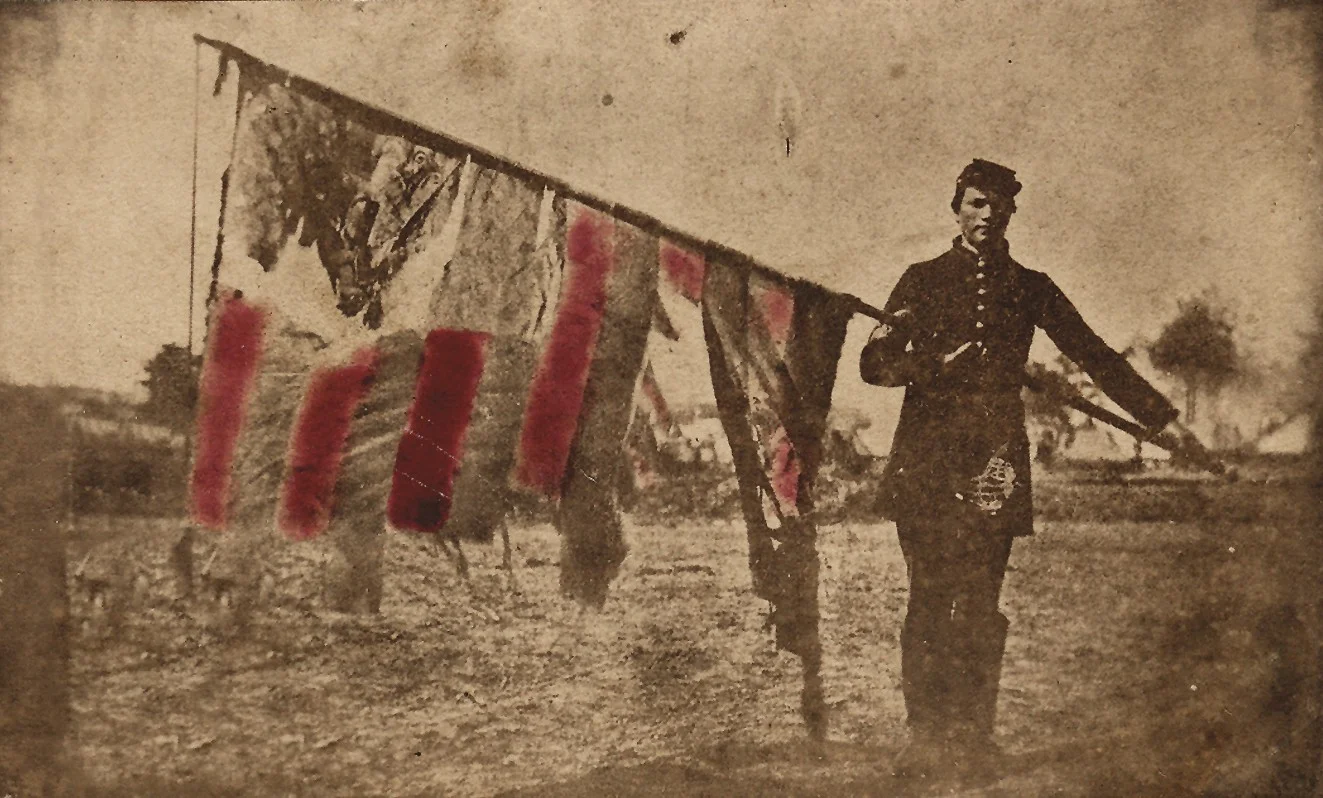This post is another in the series titled, The #Human Project: Professional Views on the Army’s Human Dimension White Paper.
While listening to LTG Brown expand on his command’s recent white paper, “The Human Dimension,” I was struck by two interrelated thoughts. First, while commands may believe this paper is necessary, it will be Company Grade Officers (CGOs) and Non-Commissioned Officers (NCOs) who are responsible for implementing the vision the white paper espouses. And second, commanders will need to allocate training time and resources to allow CGOs and NCOs to bring the vision to fruition. In order to implement this vision, senior commanders and junior leaders must be partners in developing and implementing the framework and resources that leaders will use to shape future warfighters.
Building leaders at all levels who can untangle a problem, address it, then pass on their skills is the real challenge the paper presents.
This post will not be a re-hashing of the white paper itself; that challenge stands for stakeholders smarter than I. Instead, I want to discuss my own thoughts on what implementation would mean. The problem the paper presents is a compelling vision of future warfare. The need to develop future leaders who thrive and grow in complex environments is one that takes more than just an understanding of the “Basics.” The paper asserts that even understanding the “Basics” is a problem that has grown in new, complex environments. Building leaders at all levels who can untangle a problem, address it, then pass on their skills is the real challenge the paper presents.
In that environment, we will need a symbiotic relationship between senior and junior leadership. Or, in military terms, between operational doctrine and tactical skills. Junior leaders will rely on senior leaders to provide information on—and engagement guidance regarding – enemy, undecided, and friendly factions, as well as on our desired goals and end states. Meanwhile, senior leaders will have to trust their subordinates at the tactical level to correctly apply force, provide assistance, collect information, and conduct assessments.
It is the responsibility of CGOs and NCOs to actually accomplish this development. Senior leaders can show why we need to develop to thrive in complexity, they can edify us with papers and talks and frameworks, but we are the people who have to do the actual work of making it happen. It is our responsibility to develop and mentor the young CGOs and NCOs around us. We owe it to ourselves to develop the people around us even if it is simply a way of making our organizations more effective. But that development and mentorship will be much more effective if we have the support and trust of our senior leadership.
Whenever someone talks about “improving senior leadership,” they seem to focus on the O-6/E-6 and above echelons. This ignores the fact that leadership development starts long before then. Good senior leadership development begins before a person ever puts on a uniform and continues until after s/he has finally taken it off. There is a burden on our experienced CGOs and our junior NCOs to begin grooming and teaching their subordinates. We need to teach them the basics of their military occupational specialties, yes, but we also need to teach them the intangibles of leadership. We need to inspire them to look at the world around them and begin studying it for wisdom about the future. We need to take advantage of the passion they bring with them into the military and provide a space for them to flourish and guidance to help them develop. The people best situated to do this are the leaders they interact with on a daily basis; the seasoned CGOs and junior NCOs.
A symbiotic relationship can only grow through trust. And that trust requires clear channels of communication between these echelons of command.
A symbiotic relationship can only grow through trust. And that trust requires clear channels of communication between these echelons of command. Communication requires common language and a willingness of both parties to listen, and then speak. The more I think about this problem, the less I believe training and exercises are the keys to success. Instead, I believe there needs to be an open dialogue between leadership echelons. Once that dialogue is established, then leaders can begin to experiment with ideas and develop tactics through exercises and training. But the trust and understanding that will make exercises and training productive and lead to battlefield wins must exist first.
There are two calls to action in this white paper. The first is to senior leaders to provide resources for developing our junior leaders. The second is to junior leaders to begin developing their peers and subordinates. These two must happen in conjunction with each other. And that can only occur through clear and open dialogue between all ranks.
Kurt Degerlund is an instructor pilot in the U.S. Air Force. The views expressed in this article are those of the author alone and do not represent the view of the U.S. Air Force or the Department of Defense.
Have a response or an idea for your own article? Follow the logo below, and you too can contribute to The Bridge:
Enjoy what you just read? Please help spread the word to new readers by sharing it on social media.


